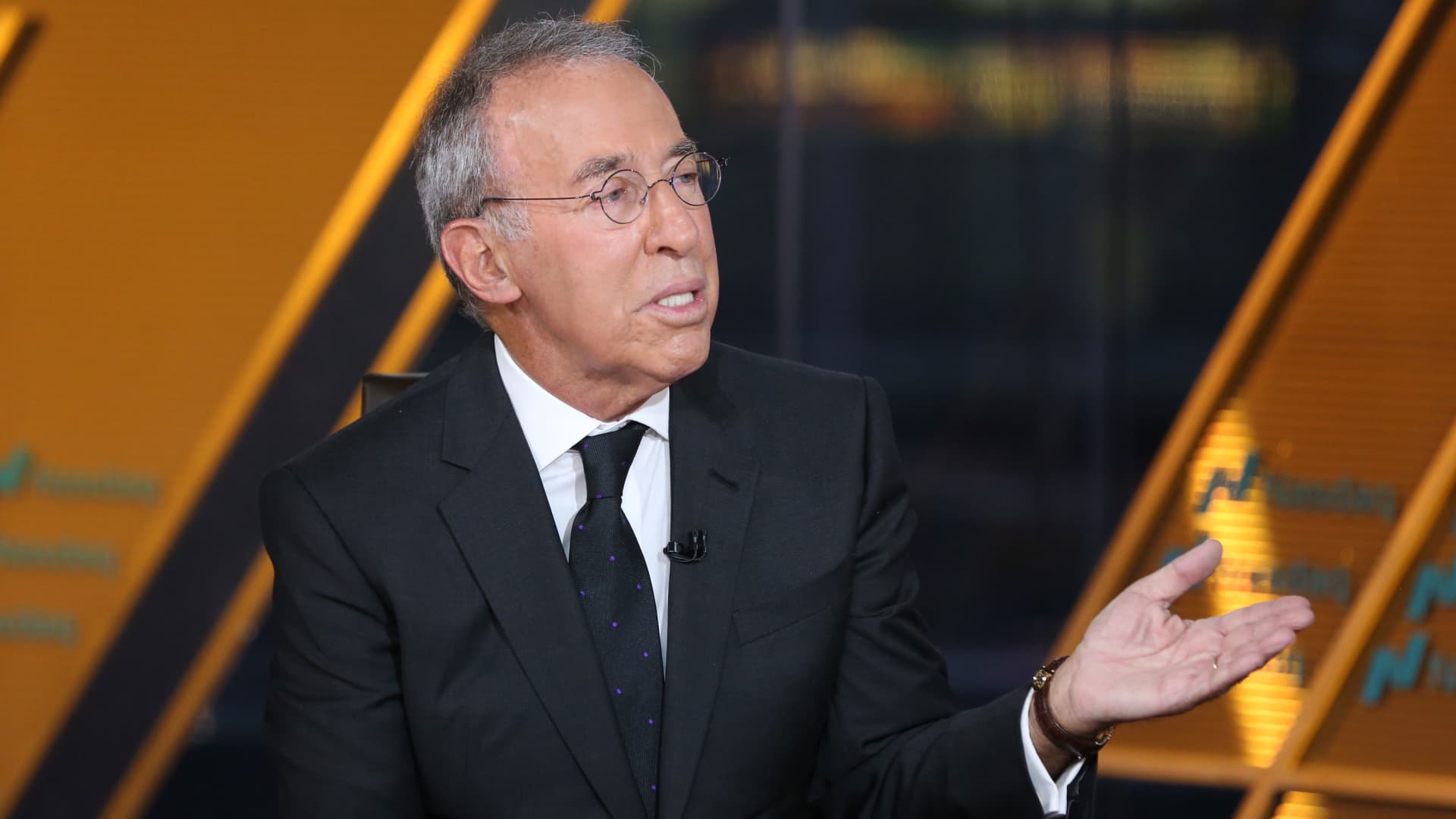Here’s How Much You Should Save for Retirement by 30
:max_bytes(150000):strip_icc():format(jpeg)/GettyImages-1386163409-b15407ac7b3c47f18c978101ae38d3c9.jpg)
:max_bytes(150000):strip_icc():format(jpeg)/GettyImages-1386163409-b15407ac7b3c47f18c978101ae38d3c9.jpg)
10’000 Hours / Getty Images
Saving for retirement in your 30s can be tough as you balance different financial responsibilities.
Saving for retirement can be a worry at any age, but it’s particularly difficult for younger workers who may be at the bottom of the income ladder.
However, you don’t have to have a lot of money saved up to be on track. Fidelity recommends that young workers save one year of their salary by the end of their twenties. So if you make $50,000 a year, your goal should be to have $50,000 saved for retirement by the time you’re 30.
The sooner you start saving for retirement, the more you can benefit from compound interest. Fidelity recommends saving 15% of your income starting at age 25, which includes employer matching contributions. You should also put more than 50% of your investments in stocks, which are riskier but offer higher potential returns than other investments.
Ultimately, Fidelity suggests that people aim to have have ten years’ worth of income saved by the time they’re age 67. This projection assumes that people can rely on Social Security benefits and collect benefits when they reach full retirement age, which is age 67 for those born 1960 or later.
Key Takeaways
- People in their twenties should aim to save about 15% of their income for retirement.
- Fidelity recommends having one year’s salary saved by age 30, three years’ salary by age 40, and ten years’ salary by age 67.
- If you’re not putting away 15% of your salary annually, try gradually increasing your investing rate.
Juggling Retirement With Other Expenses
Your twenties and thirties can be an exciting time of life, between weddings, babies, paying for childcare, and buying a house. With all these expensive life events, it can be difficult to be consistent about saving for retirement.
“It’s okay to pause or scale back temporarily when managing major life events, but do it with a plan,” says Christopher Stroup, a CFP and founder of Silicon Beach Financial. “If you’re deferring retirement savings for childcare or housing, make sure it’s a short-term strategy with a specific timeline to resume contributions and rebalance priorities.”
You can start saving for retirement in a 401(k) plan or an individual retirement account (IRA_, such as a traditional IRA or a Roth IRA. If you’re investing in a 401(k) or another employer-sponsored plan, make sure to invest enough to get any matching contributions from your employer.
“Start slow by saving a little in your 401(k) or IRA and then increase that amount by 1 to 2% every year,” said Alex Caswell, a CFP at Wealth Script Advisors. “Create a habit of watching your expenses. Carefully evaluate what part of your expenses makes you truly happy and what part of your expenses are more frivolous and careless spending.”
Do your best to keep retirement at the top of your savings list. But if you can’t save 15% of your income, try to keep investing smaller amounts towards your retirement goal.
“If you’re able to save 15%, that’s great. But if you’re not, a great starting goal is to try and get to saving 10% of your salary towards retirement,” says Shaun Melby, a certified financial planner at Melby Wealth Management. “Once you reach 10%, try and increase it 1% every year or when you get a raise.”
Those small additions to your retirement savings can add up over time, especially through market gains and compounding interest.
Important
In addition to saving a year’s salary by age 30, Fidelity also recommends the following targets:
- Two years’ salary by age 35
- Three years’ by age 40
- Six years’ salary by age 50
- Seven years’ salary by age 55
- Eight years’ salary by age 60
- Ten years’ salary by age 67
The Bottom Line
To get their retirement savings on the right track, twenty-somethings should try to annually save 15% of their salary for retirement. As a rule-of-thumb, you should aim to have one year’s salary invested by age 30.
But anything is better than nothing. If you can’t save 15% of your salary, aim for 10% and gradually increase this amount.









